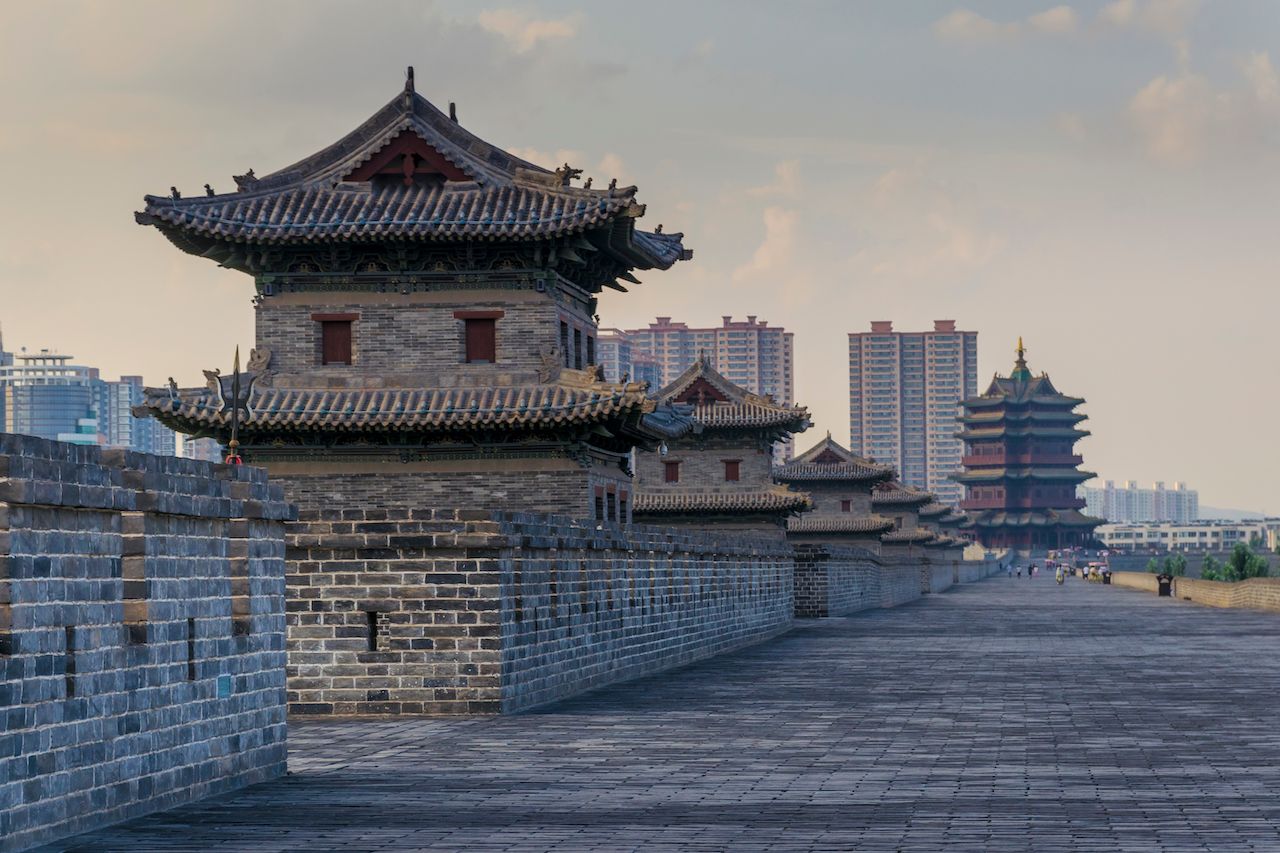Datong, a city located in the northern part of Shanxi Province in China, is renowned for its rich history and cultural heritage. Among its many historical treasures, the Datong City Walls stand out as a testament to the city’s ancient past and strategic importance. Built during the Ming Dynasty (1368-1644), these imposing fortifications served as a vital defensive barrier, protecting the city and its inhabitants from external threats and providing a symbol of strength and resilience.
The Datong City Walls were constructed in response to the turbulent times of the Ming Dynasty, marked by political instability, territorial conflicts, and frequent incursions by nomadic tribes from the north. As one of the key military and administrative centers in northern China, Datong played a crucial role in the defense of the Ming Empire, and the construction of city walls was deemed essential for safeguarding its strategic position and maintaining stability in the region.
The design and construction of the Datong City Walls were carried out with meticulous attention to detail and engineering ingenuity. Stretching over 6 kilometers (about 3.7 miles) in circumference, the walls encircle the historic core of Datong, forming a formidable barrier against potential invaders. Constructed primarily of rammed earth and brick, the walls rise to an average height of about 12 meters (approximately 39 feet) and are punctuated by sturdy watchtowers and fortified gates at strategic intervals.
One of the most remarkable features of the Datong City Walls is their architectural complexity and defensive ingenuity. The walls are reinforced with battlements, parapets, and arrow slits, allowing defenders to repel attackers with archery and projectiles. The watchtowers, strategically positioned along the walls, provided vantage points for sentries to observe enemy movements and signal warnings to the city below. Additionally, the gates of the city walls were fortified with massive wooden doors, drawbridges, and defensive mechanisms to control access and prevent unauthorized entry.
Beyond their military function, the Datong City Walls also served as a symbol of civic pride and urban identity. Adorned with decorative features such as ornate parapets, carved stone reliefs, and inscribed tablets, the walls conveyed messages of imperial authority and communal solidarity. They were not only a physical barrier but also a cultural and symbolic landmark that instilled a sense of belonging and allegiance among the residents of Datong.
Despite the passage of centuries and the ravages of time, the Datong City Walls have been meticulously preserved and restored, thanks to ongoing efforts to safeguard the city’s cultural heritage. Today, the walls stand as a testament to the enduring legacy of China’s architectural heritage, inviting visitors to step back in time and experience the grandeur of a bygone era.
In addition to their historical significance, the Datong City Walls have also become a popular tourist attraction, drawing visitors from far and wide to admire their impressive scale, architectural beauty, and panoramic views of the surrounding landscape. Whether strolling along the ramparts, exploring the watchtowers, or marveling at the craftsmanship of the brickwork, visitors to Datong cannot help but be captivated by the timeless allure of these ancient fortifications.



